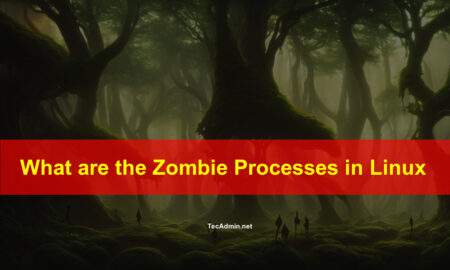The Ext3 and Ext4 filesystem includes support of ACLs on files and directories. ACL provides more control permissions on file than standard three access categories (owner, group, and other ). Using ACL you can provide permission to a specific user or group to file.
Before working on ACL make sure that ACL is enabled on the mounted file system. You can enable it during mounting the filesystem with the ACL option.
Use the following command Check if ACL is enabled on the filesystem or not.
sudo mount
Output/dev/mapper/VolGroup00-LogVol00 on / type ext3 (rw,noatime,acl)
Enable ACL by remounting file system using following command.
# mount -o remount,acl /
To enable ACL default on system bootup update following entry in /etc/fstab file.
Configure ACL on FileIf we want that user Bob to have all permissions on a file. Use the following command.
# setfacl -m u:Bob:rwx tecadmin.txtDetails of parameters:
setfacel: is a command itself -m : is used to modify ACL. u : it denotes to assign permission to a user bob : a system user rwx : file permissions. tecadmin.txt: file on which bob will get access.Check ACL on File
Use following command to check ACL configured on a file.
# getfacl tecadmin.txtOutput:
# file: tecadmin.txt # owner: root # group: root user::rw- user:Bob:rwx group::r-- mask::rwx other::r--Remove ACL from File
If we don’t need the ACL in file, we can simply remove using following command.
# setfacl -x u:Bob tecadmin.txt



